If you are not too tech-savvy (not alone!), an actuator is basically the electro-mechanical component that allows parts to move in one or more directions. Limbs are a good example, but there are many instances where it could be something else, like the jar for a face.
Most of the actuators are standard, but some companies like Tesla are building their own implementation from scratch and for good reasons.
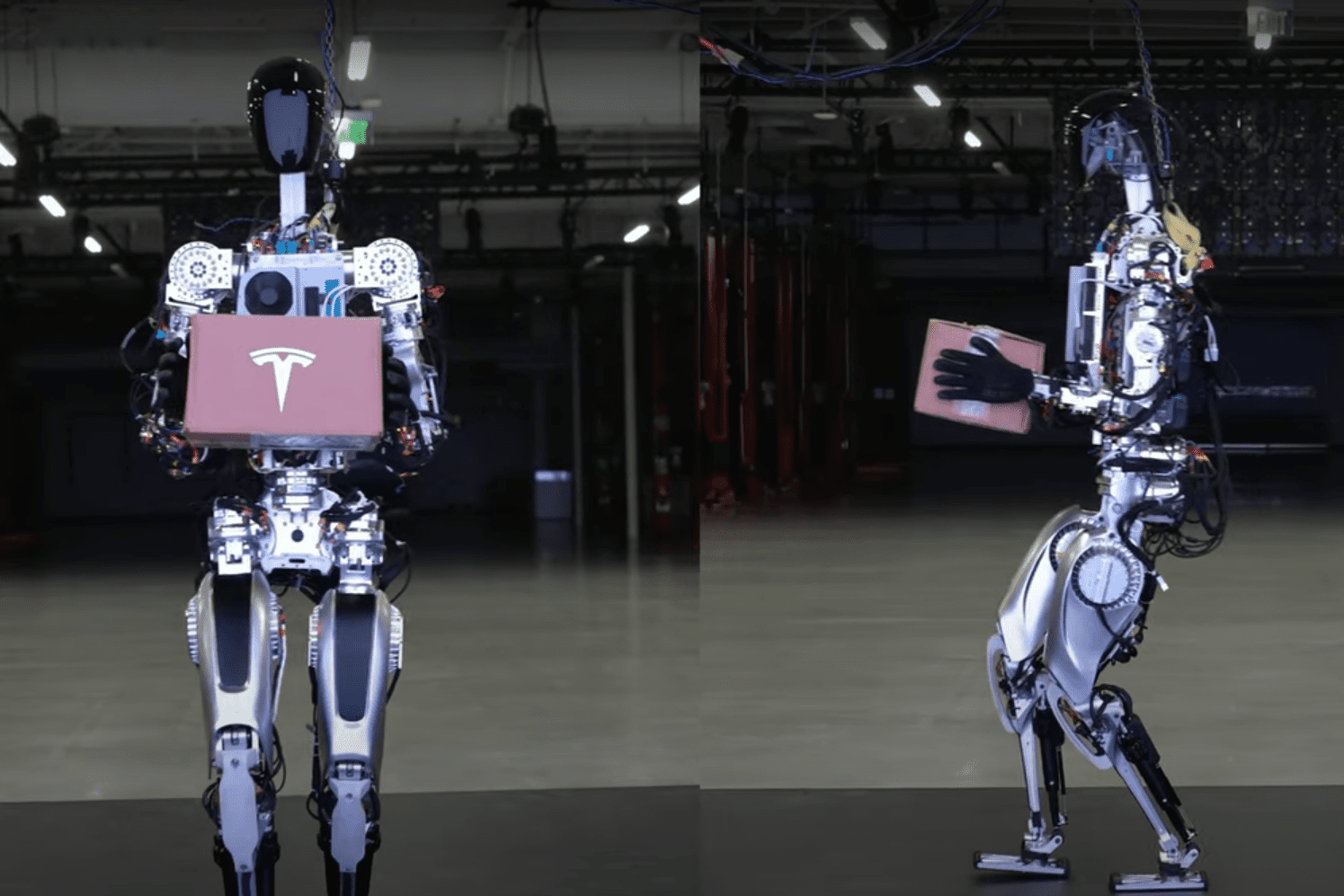
Actuators that can hold a significant payload are not traditionally that small, and based on stress and performance, they fail sooner rather than later on stress use. The shot below is from one of my favorite Robotics movies, Flinch. The leg you see next to that awesome doggie is a (replica) of a happy actuator in display.
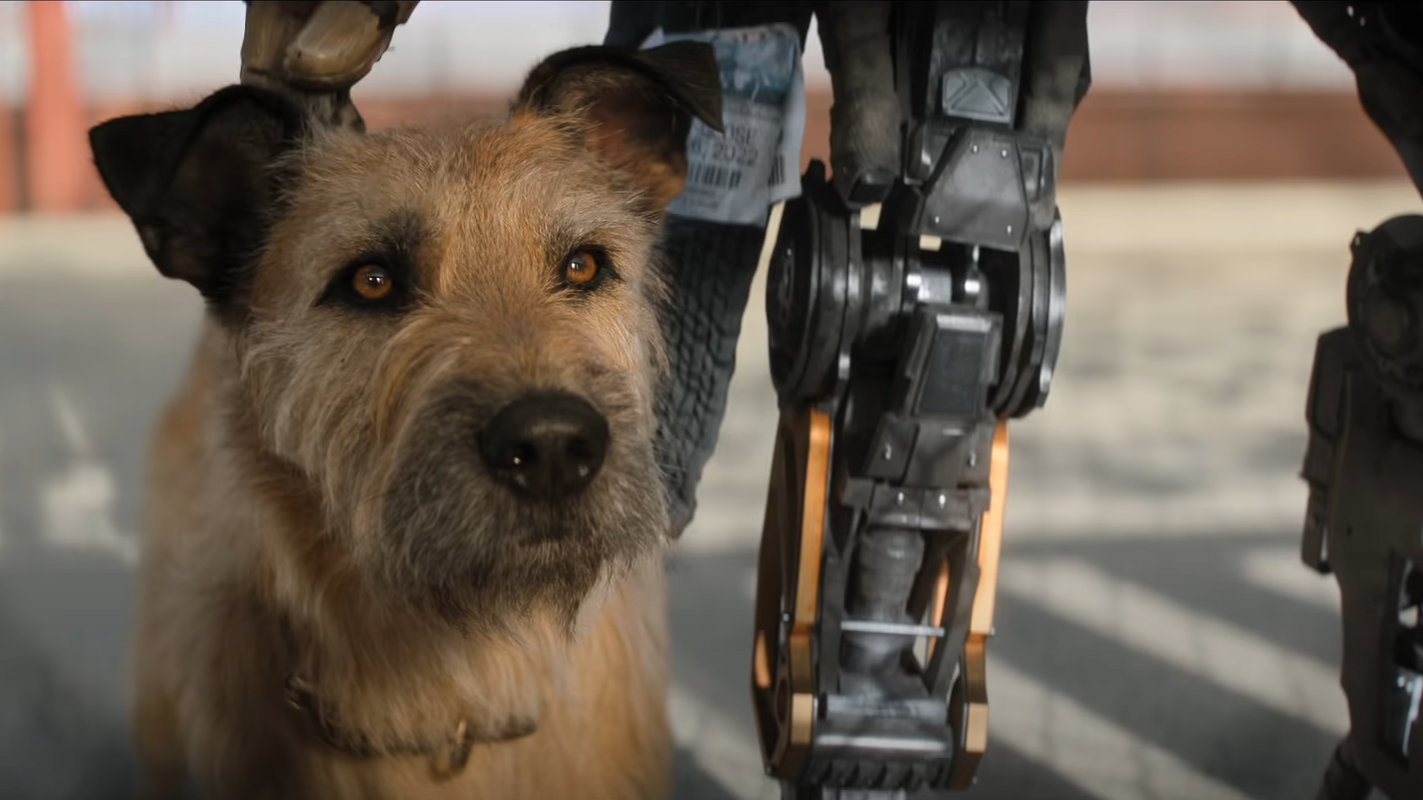
Quadruple robots are not new to the scene of robotics, and very likely (we bet on it), by the end of the decade, they will be more popular than an iPhone 1 when it came out. What is new in the industrial scene is that now they are more autonomous than ever, and they can do things in place of humans that can save lives or protect from getting hurt. Like monitoring a radioactive site! ☢️
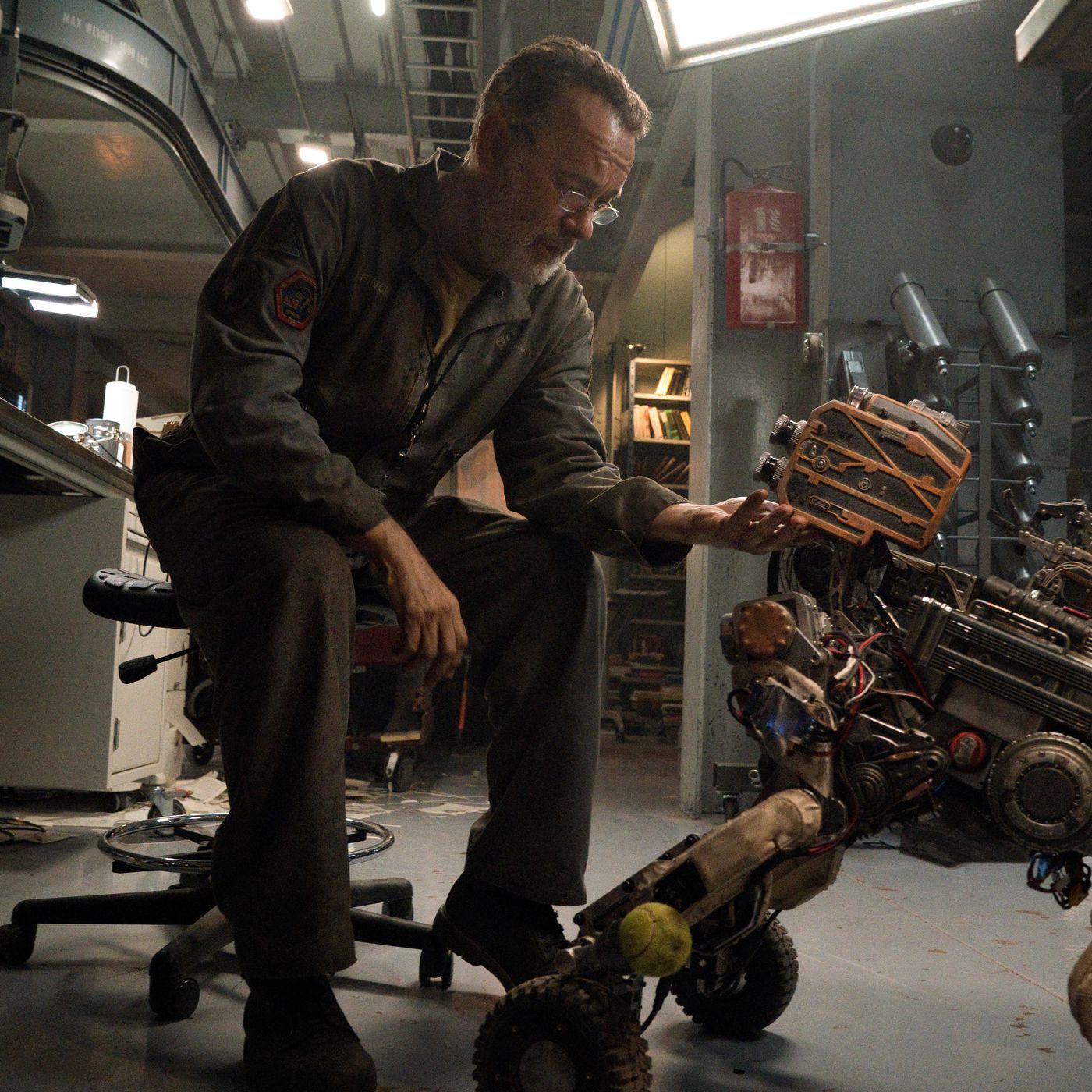
Spot, a highly advanced robot dog created by Boston Dynamics, has captured the attention of the robotics industry and the public. With its remarkable mobility, agility, and intuitive user interface, it has opened up new possibilities for a wide range of applications, from inspection and research to hazardous response scenarios. Designed for both manual and autonomous operations, Spot boasts a 14kg payload capacity and a robust API, making it a versatile and innovative addition to the ever-evolving world of robotics.
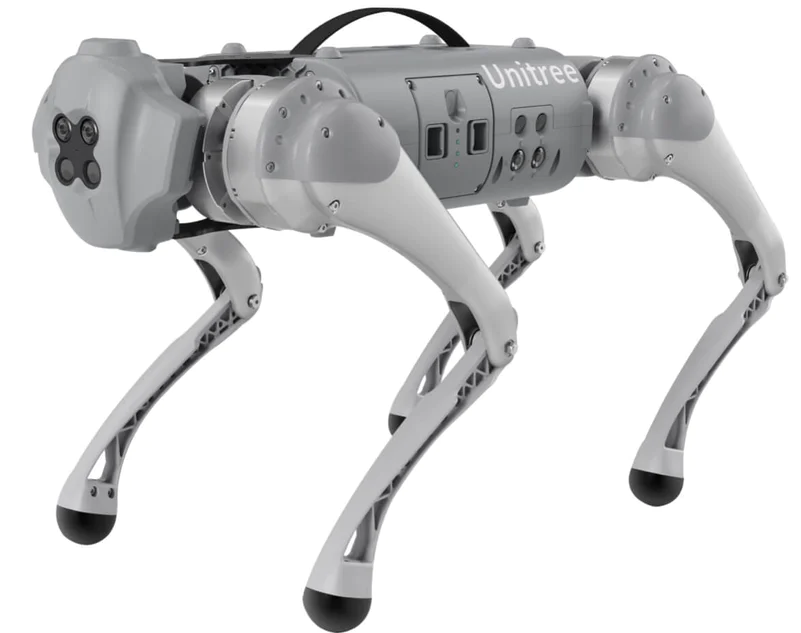
Spot is the most known but Unitree is moving like a shark in bloody water!
Michael Perry, a leading figure at Boston Dynamics, has played a crucial role in Spot's development and has helped showcase the robot's vast capabilities. From dancing videos that have garnered millions of views to its deployment in mapping radiation and even serving as a talking tour guide, Spot continues to impress with its resourceful abilities.
It's clear that machines like Spot are paving the way for a new era of innovation - one where robots are not just mere tools, but valuable partners that can perform complex tasks and improve our lives. Through the hard work and dedication of companies like Boston Dynamics, we can look forward to a future where robot companions are an integral part of our everyday lives.
Spot: An Overview
Spot, this four-legged marvel of modern technology allows for smooth navigation on various terrains, making it ideal for several applications across industries.
Spot's cutting-edge design equips each of its limbs with three motors, enabling unparalleled movement and balance. The functionality is further enriched with multiple sensors that provide the robot with an acute awareness of its environment. With these features, Spot can excel in tasks such as inspection, research, and hazardous response.
One of our remarkable achievements with Spot is making its operation easy and intuitive. Users can quickly deploy the robot for both manual and autonomous missions thanks to its robust API and pre-configured packages. Additionally, Spot boasts a generous payload capacity of 14kg, allowing seamless integration with various tools and peripherals.
In a recent demonstration of the robot's potential, Spot was turned into a talking tour guide using ChatGPT, showcasing its ability to generate answers to questions about the Boston Dynamics facilities. This integration proved the versatility and adaptability of our agile mobile robot.
Our commitment to innovation is evident in Spot's ever-evolving uses. From mapping radiation with specialized sensors to creative problem-solving across a range of applications, Spot truly represents the future of robotics.
%2F2023%2F10%2F12%2Fimage%2Fjpeg%2FeaNu5vG0LKWO7jvtOqO6STaGdfXqRTFA33jld1NC.jpg&w=3840&q=75)
Key Features and Specifications
Spot's Sensing Abilities
Spot, the quadruped robot by Boston Dynamics, comes equipped with a variety of sensors to navigate its environment and maintain balance. The robot's sensing abilities include both image sensors and lidar, enabling it to perceive its surroundings in real-time with an ample field of view. We know that having high-quality sensing capabilities is essential for robots like Spot, which are designed to navigate complex terrains autonomously.
Physical Characteristics
In terms of dimensions, Spot measures 112 cm x 112 cm, making it a compact and agile robot capable of handling a variety of tasks. This quadruped robot can manage mobility on various terrains, including both indoor and outdoor environments. Spot's maximum step height is 30 cm, and it can support payloads up to 14 kg. This makes Spot versatile and suitable for various applications such as inspection, research, and hazardous response.
| Specification | Detail |
|---|---|
| Speed | 1.6 meters per second |
| Maximum Slope | +/- 30 degrees |
| Maximum Walking Height | 300 mm |
| Autonomy | 90 minutes |
| Standby Time | 180 minutes |
| Charging Time | 120 minutes |
| Payload | 14 kg |
| Protection | IP54 |
| Range of Vision | 360 degrees |
| Temperature Range | -4 to 113 degrees Fahrenheit |
| Obstacle Avoidance | 360° perception and stabilization |
| Map Environment | Sense and avoid obstacles |
| Additional Abilities | Climb stairs, Open doors, Fetch a drink |
| Control | Tablet application and built-in cameras |
Power and Performance
Spot's performance and power efficiency remain one of its standout features. With a long-lasting battery, Spot can operate for extended periods and undertake various tasks with ease. In addition, Spot's computer vision allows it to navigate and maintain balance intelligently, even in challenging scenarios.
Connectivity and Integration
Integration plays a crucial role in modern robotics, and Spot excels in this domain as well. With its robust API and support for Ethernet connectivity, Spot can be effortlessly integrated into various systems and environments. The robot's compatibility with numerous payloads enables it to adapt to specific mission requirements, making it the perfect tool for a broad range of applications. Spot's adaptability is further enhanced by its price, which is set at $74,500.
In summary, Spot's key features and specifications are impressive, showcasing its potential to provide value in various industries and applications with its advanced sensing abilities, physical characteristics, power, performance, and seamless integration capabilities.
Applications and Uses
Industrial Applications
Spot, the mobile robot from Boston Dynamics, has found a variety of applications in several industries. One key area where Spot has proven useful is in construction sites. Spot is equipped with advanced sensors and AI-analyzed 360-degree images, which enable it to survey progress at these sites efficiently and accurately 1. By navigating rough terrain and hazardous areas, Spot helps ensure safety and efficiency in the construction sector.
In addition to construction, Spot has demonstrated value in manufacturing, mining, and utilities. The robot's agility and ability to collect consistent, reliable data make it an ideal solution for inspection tasks. In environments where traditional methods can be risky or time-consuming, Spot's capabilities allow it to perform inspections with ease, ensuring operational continuity and minimizing risks.
Research and Scientific Uses
Spot's versatility goes beyond the industrial sector. In the field of research and science, Spot is utilized for environmental monitoring and data collection. For example, Spot has been deployed with sensors on its back that can measure gamma rays, video feeds, LIDAR, and other data. This has enabled scientists to map radiation levels in areas that are difficult or dangerous to access 2.
The Spot API also allows researchers to teach Spot new tricks and expand its capabilities. By integrating machine learning models, Spot can participate in a range of scientific applications, including playing fetch or performing more complex tasks. With ongoing advancements in robotics, we can expect Spot to play an increasingly significant role in both industrial and research applications.
Footnotes
- Boston Dynamics' Spot robot dog is finally doing useful work ↩
- Meet Spot, the robot dog that is helping map radiation ↩
Spot in the News
Boston Dynamics' famous robot dog, Spot, has been making headlines for its impressive capabilities and jaw-dropping price tag of $74,500. As a cutting-edge piece of technology, Spot has been adopted by various organizations and industries for a variety of applications.
An interesting development for Spot has been its integration with ChatGPT, which allows the robot to serve as a talking tour guide. This innovation not only demonstrates Spot's versatility but also showcases the rapidly evolving field of artificial intelligence.
Recently, Spot was even welcomed back to the New York Police Department (NYPD), where it is deployed for tasks that may be dangerous for human officers. Being a remote-controlled robot, Spot can provide valuable assistance in hazardous situations without putting human lives at risk.
Hyundai has joined forces with Boston Dynamics to develop and improve Spot further. The acquisition of Boston Dynamics by the car manufacturing giant showcases Spot's potential and its many applications in various fields, ranging from mapping radiation to remote control capabilities.
Despite its hefty price tag, Boston Dynamics has an Early Adopter Program to encourage organizations to try Spot and explore its potential uses within their operations. This program allows participants to experience first-hand the benefits of incorporating this advanced technology into their business processes.
When it comes to security, Spot users must comply with the company's Terms of Use to ensure that the robot dog is utilized responsibly and ethically, given its potential to influence various aspects of society. Strict guidelines are in place to prevent any misuse or potential harm caused by the deployment of Spot.
In conclusion, Spot continues to be a topic of interest in the news as its capabilities and applications keep growing. From integrating artificial intelligence to being deployed for security purposes, the impressive robot dog demonstrates the potential impact of advanced technology on our lives and the future of various industries.
Frequently Asked Questions
How much does a Spot robot dog cost?
As of now, the cost of a Spot robot dog is not publicly available on the official Boston Dynamics website. We recommend reaching out to Boston Dynamics directly for purchasing and pricing information.
What are the primary uses of Spot dog by Boston Dynamics?
Spot dog is a versatile robot known for its agility and ease of use. It is designed for various applications, including inspection, research, and hazardous response. Being highly customizable, it is ideal for organizations looking to find unique solutions to complex tasks.
How fast can Spot dog run?
Spot dog from Boston Dynamics has a walk trot speed of 1.4m/s and walk pace of 0.8m/s. With its advanced mobility features, Spot can traverse diverse terrains and adapt to different environments, making it ideal for various industries.
What is the purpose of Boston Dynamics' BigDog?
BigDog, an earlier iteration of Boston Dynamics robots, was initially aimed at military applications, serving as a load-carrying robot capable of traversing difficult terrains. However, BigDog has since been replaced by more advanced robots like Spot.
How does Spot dog differ from other Boston Dynamics robots?
Spot dog is one of the more innovative creations from Boston Dynamics, offering enhanced mobility and versatility compared to previous robots like BigDog. Thanks to its advanced sensing capabilities and convenient API, Spot can perform tasks with more accuracy, speed, and efficiency, making it a popular choice for various industries and applications.
Is there a military application for Boston Dynamics' Spot dog?
While the primary focus of Spot dog has been on industrial and research applications, its robustness and adaptability allow it to be utilized in various applications, including military operations. However, we should note that Boston Dynamics' current marketing efforts and products are geared toward civilian and commercial applications.
Fun Fact: The "T" in GPT stands for "Transformer". GPT, or Generative Pretrained Transformer, is a type of transformer model. It was developed by OpenAI, and it's designed to generate human-like text. Google invented the underlying technology of Transformers (thanks, Ashish Vaswani!) and made it available to the rest of the planet.

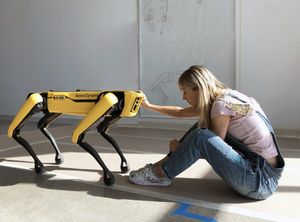
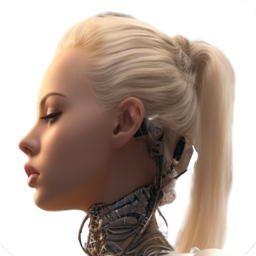

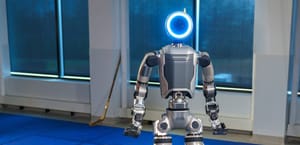
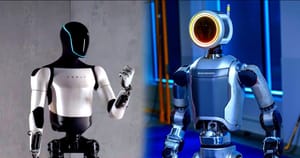
![From Tesla to BMW, humanoids are on their way [to your] home](/content/images/size/w300/2024/02/top_humanoids.png)